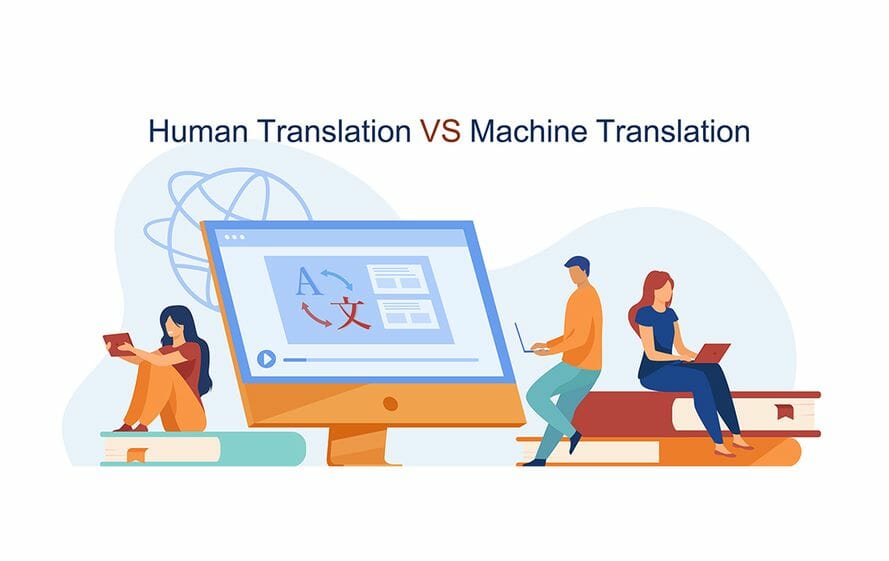
Introduction to Original Non English Programming
Welcome to the era of global entertainment in non english programming, where the screen is no longer limited by borders or languages. As streaming platforms continue to revolutionize how we consume content, a new wave of original non English programming has taken center stage. From gripping dramas to captivating comedies, these international gems are capturing hearts worldwide. But how do these platforms seamlessly translate and localize these shows for a global audience? Enter AI technology, the behind-the-scenes powerhouse making it all possible. Let’s dive into the explosive growth of non English programming and discover how AI is reshaping the way we experience entertainment like never before!
The Impact of Streaming Platforms on the Rise of Non English Content
Streaming platforms have revolutionized the way we consume entertainment, offering a diverse range of content tailored to global audiences. The rise of non English programming on these platforms has been monumental, providing viewers with access to stories and perspectives from around the world that may not have been easily accessible before.
Platforms like Netflix, Amazon Prime Video, and Hulu have played a significant role in showcasing non English original programming to a wider audience, breaking down language barriers and fostering cultural exchange. This shift has not only expanded viewers’ horizons but also created opportunities for international filmmakers and actors to reach new heights of recognition and success.
With streaming services investing more resources into acquiring and producing non English programming content, we can expect this trend to continue growing exponentially in the coming years. As audiences become more receptive to diverse storytelling experiences, the impact of streaming platforms on the rise of non-English content is undeniable.
How AI is Used for Translation and Localization

The use of AI for translation and localization has revolutionized the way streaming platforms deliver original non English programming to a global audience. Through advanced algorithms and machine learning, AI can accurately translate dialogue, captions, and even cultural nuances in real-time. This technology not only enables viewers to enjoy content in their preferred language but also helps creators reach new markets without extensive manual labor.
By leveraging AI, streaming platforms can efficiently localize content by adapting it to different regions while preserving its essence. This process includes translating text, adjusting graphics, and ensuring cultural relevance – all done seamlessly through automated systems. Additionally, AI-powered tools can analyze viewer preferences and feedback to further enhance the localization process over time.
The integration of AI in translation and localization is reshaping the entertainment industry’s landscape by promoting diversity and accessibility on a global scale.
Advantages and Challenges of Using AI for Translation and Localization

AI has revolutionized the translation and localization process for original non English programming on streaming platforms. One significant advantage is the speed at which AI can translate content accurately, allowing for faster releases of multilingual shows to a global audience. Additionally, AI can handle vast amounts of data efficiently, making it easier to localize content for different regions seamlessly.
However, challenges exist when relying solely on AI for translation and localization. Nuances in language and cultural context may be lost in automated translations, leading to inaccuracies or misunderstandings in the final product. Human intervention is often necessary to ensure that the tone and meaning of the original content are preserved during the localization process.
Despite these challenges, advancements in AI technology continue to improve accuracy and efficiency in translating non English programming. As streaming platforms invest more resources into developing AI tools specifically tailored for localization purposes, we can expect even greater strides in bridging language barriers and expanding viewership worldwide.
Examples of Successful Original Non English Programming on Streaming Platforms
Original non English programming on streaming platforms has been making waves, captivating audiences worldwide with its unique storytelling and diverse perspectives. Shows like “Money Heist” from Spain have gained massive popularity for their thrilling plots and compelling characters. This heist drama has successfully crossed language barriers to become a global sensation!
Another standout example is “Dark” from Germany, a mind-bending sci-fi series that keeps viewers on the edge of their seats with its intricate plot and mysterious twists. Its success proves that quality storytelling transcends languages.
Korean dramas such as “Crash Landing on You” have also found immense success on streaming platforms, charming audiences with their romantic narratives and emotional depth. These shows showcase the rich cultural heritage of Korea while resonating with viewers around the world.
The international success of these non English originals highlights the growing demand for diverse content in the global entertainment landscape!
Future Predictions for Original Non English Programming and AI in the Industry
As we look towards the future of original non English programming and AI in the entertainment industry, one thing is clear – the possibilities are endless. With advancements in technology and a growing demand for diverse content, streaming platforms will continue to invest in expanding their international offerings.
AI-powered translation and localization tools will play a crucial role in breaking down language barriers and making content more accessible to global audiences. As these technologies improve, viewers can expect even more seamless and accurate translations across different languages.
The rise of non English programming has already proven to be a huge success, with shows like “Money Heist” and “Dark” captivating audiences worldwide. This trend is only expected to grow as streaming platforms recognize the value of investing in diverse storytelling from around the globe.
With AI continuing to evolve at a rapid pace, we can anticipate even more innovative ways for content creators to reach new audiences through personalized recommendations and immersive viewing experiences. The future of original non English programming is bright, promising exciting developments that will shape the way we consume entertainment for years to come.
Conclusion
In a rapidly evolving entertainment landscape, original non English programming has emerged as a powerful force, offering diverse stories and perspectives to global audiences. Streaming platforms have played a pivotal role in the rise of this content by leveraging AI for seamless translation and localization. As technology continues to advance, we can expect even greater innovations in the way non-English programming is created, translated, and shared worldwide. The future looks bright for non-English original programming, with AI-driven solutions driving accessibility and cultural exchange like never before. Stay tuned for what promises to be an exciting journey ahead in the world of non-English content and localization technology!
To know more about non English programming original languages, watch this video on Youtube. To know more tech news, visit QAWire.
